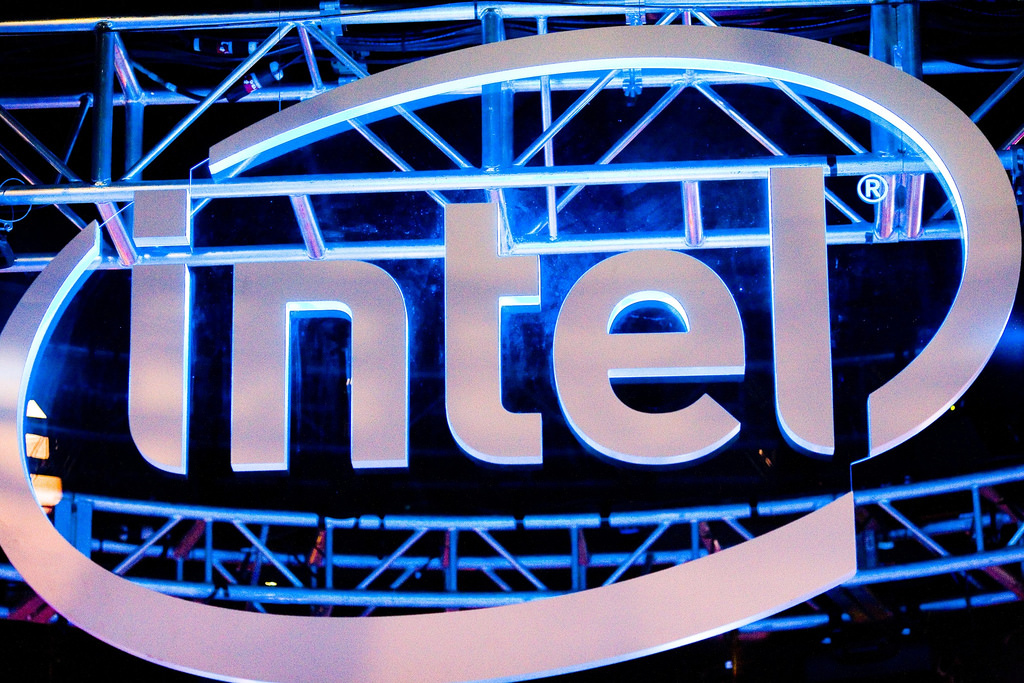 INFRA
INFRA
 INFRA
INFRA
 INFRA
INFRA
Intel Corp. delivered a mixed bag as it reported its fourth-quarter financial results late Thursday, beating Wall Street’s expectations on earnings but missing targets with its revenue.
The company also set new annual revenue records for each of its business segments, only to see its stock take a hit after delivering light guidance for the next quarter.
Intel’s earnings before certain costs such as stock compensation came in at $1.28 per share on revenue of $18.7 billion, up 9 percent from the same period a year ago. Analysts had pegged Intel’s earnings at $1.22 per share on revenue of $19.01 billion. For the full year, the chipmaker reported revenue of $70.8 billion, which was a new record for the company and up 13 percent from 2017.
But that achievement was tempered somewhat by poor guidance for the first quarter of 2019. Intel forecast earnings of just 87 cents per share for the next quarter on approximately $16 billion in revenue. That’s some way below Wall Street’s expected earnings of $1.01 per share on revenue of $17.35 billion.
Intel’s full-year forecast was a little better. The company anticipates earnings per share of $4.60 on revenue of $71.5 billion for the entirety of 2019, implying growth of about 1 percent. Wall Street says the company will pull in earnings of $4.54 per share on revenue of $73.19 billion.
More important than the numbers, perhaps, it was rumored earlier this week that Intel would take the opportunity today to announce a new chief executive officer to replace former chief Brian Krzanich, who left the company more than seven months ago. However, the new CEO failed to materialize.
Instead, interim CEO and Chief Financial Officer Bob Swan said that although the company was “proceeding with a sense of urgency,” the search was still ongoing. “The board continues to evaluate candidates for what I believe is the biggest and best open job on the planet,” Swan said in a conference call.
The failure to announce a new CEO may have contributed to the pessimistic reaction by Intel’s shareholders to today’s results. Intel’s stock fell by almost 7 percent in after-hours trading.
“Once more we see that making up in earnings for a revenue miss is not helping companies,” said Holger Mueller, principal analyst and vice president of Constellation Research Inc. “Today it is Intel and the reason is that competitors are growing and the semiconductor industry is also in growth mode. It certainly does not help Intel to be rudderless in regards of CEO leadership. It will benefit the company to fill that position soon, but it has to be right individual.”
The lack of a new chief might have disappointed some, but a deeper look at Intel’s latest results shows a company that’s still in comparatively good health. For example, Intel’s Client Computing Group which includes sales of chips for PCs and desktops, pulled in $9.82 billion in revenue in the quarter, up 10 percent from a year ago but below analysts’ forecast of $10.01 billion.
Meanwhile, the Data Center Group, which includes microchips for data centers, recorded revenue of $6.07 billion, up 9 percent from one year ago but below the analyst estimate of $6.35 billion. For the full year, the Data Center Group saw its revenue grow by 20 percent to $23 billion. However, cloud growth within this unit was just 24 percent, less than half the 50 percent growth it recorded a year ago.
Nevertheless, Patrick Moorhead, principal analyst and president of Moor Insights & Strategy, said he didn’t think this was a major problem for Intel.
“Intel showed some incredible growth in Q4 and for the entire year,” Moorhead said. “Data center, which has been growing at 40 percent, is cooling off a bit due to a decline in China and cloud orders. I’m not concerned long-term as Intel has new 10-nanometer designs coming online and I think the cloud numbers are a momentary blip.”
Indeed, Intel’s plans for the future are already underway. In the last quarter, the company announced several expansion plans for its chip manufacturing facilities in Ireland, Israel and Oregon. Construction of the new Oregon facility expansion is expected to take around two years, at which time Intel should begin mass producing its next-generation seven-nanometer chips.
THANK YOU